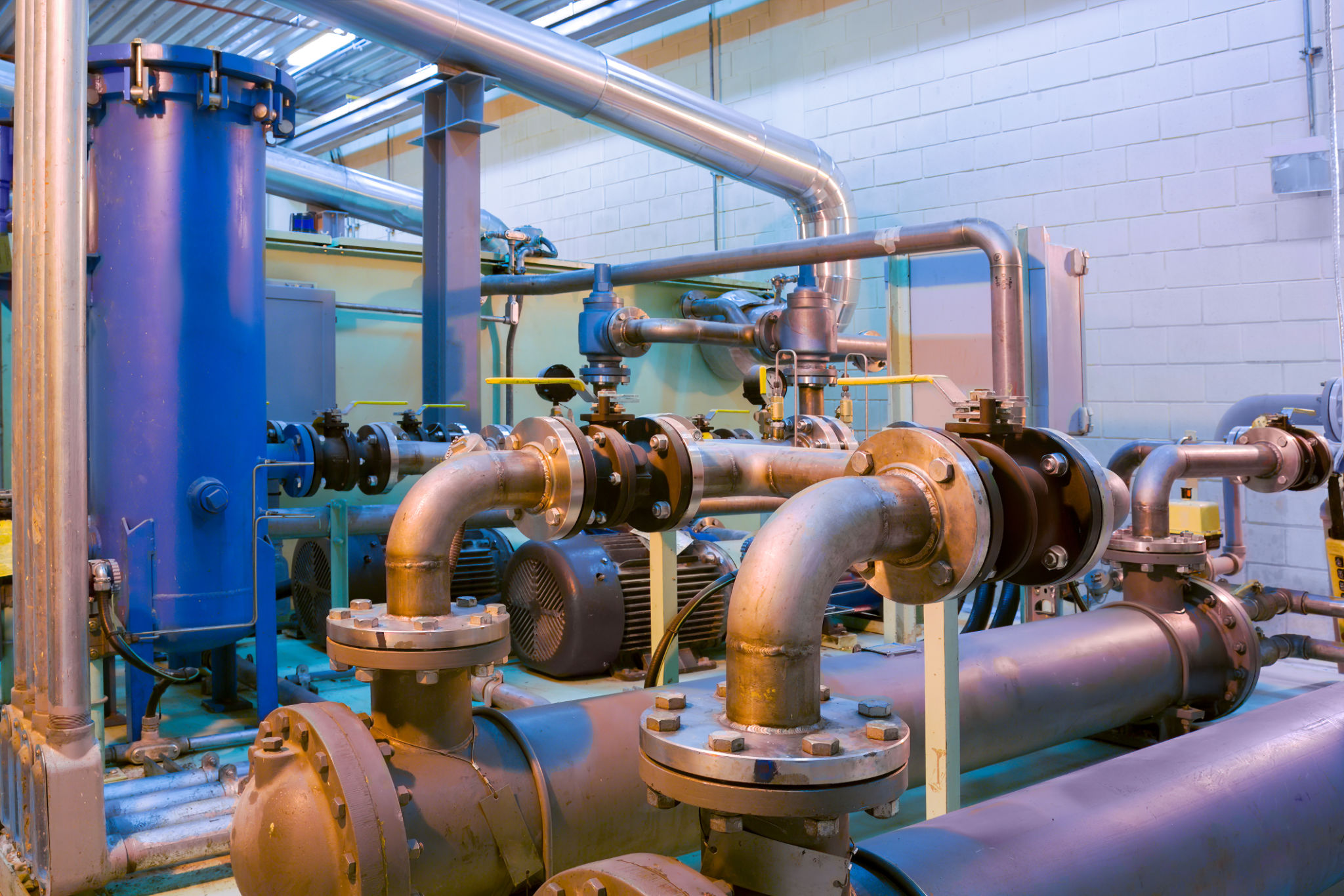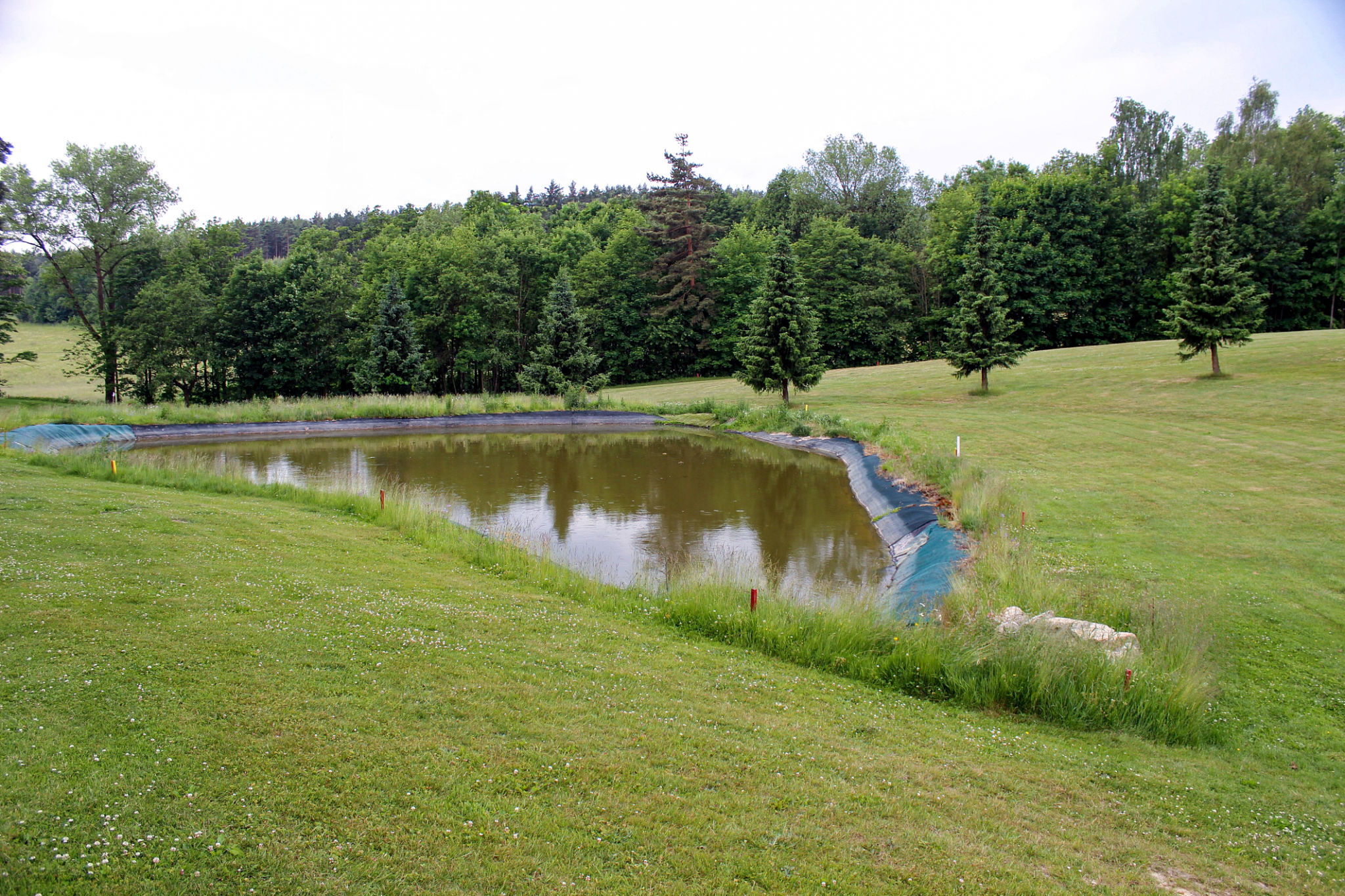How to Choose the Best Floating Covers for Wastewater Treatment
Understanding the Importance of Floating Covers
Floating covers play a crucial role in wastewater treatment facilities. They help control odor, reduce evaporation, and prevent contamination from external elements. Selecting the right floating cover is essential for maintaining the efficiency and environmental compliance of your treatment process. With various options available, understanding the specific needs of your facility can guide you toward the best choice.
One of the primary functions of floating covers is to minimize the emission of volatile organic compounds (VOCs) and odors. They also help in maintaining optimal temperatures, which is crucial for biological treatment processes. By keeping out debris and insects, floating covers safeguard the quality and effectiveness of the treatment.

Types of Floating Covers
When choosing a floating cover, it's important to consider the different types available. Each type serves a specific purpose and is suited to different environmental conditions and treatment requirements.
Geosynthetic Covers
Geosynthetic covers are commonly used due to their durability and flexibility. They are suitable for a wide range of applications and can be custom-fitted to various shapes and sizes. These covers provide excellent resistance to chemical exposure and UV radiation, ensuring long-term performance and minimal maintenance.
Modular Covers
Modular covers, often made from high-density polyethylene (HDPE), are designed for easy installation and removal. They are ideal for facilities that require frequent access to the treatment surface. The modular design allows for partial coverage, offering flexibility in operations and maintenance tasks.

Factors to Consider When Choosing a Floating Cover
Several factors should be considered when selecting a floating cover for your wastewater treatment facility. Understanding these will help you make an informed decision that optimizes performance and cost-efficiency.
Environmental Conditions
The local climate and environmental conditions play a significant role in determining the right type of cover. Facilities located in areas with extreme temperatures or high UV exposure need covers that can withstand such conditions without degrading over time.
Chemical Compatibility
The chemical composition of the wastewater being treated is another critical factor. Ensure that the material of the floating cover is compatible with the chemicals present in the wastewater to avoid corrosion or breakdown of the cover material.

Cost and Maintenance Considerations
The cost of purchasing and installing a floating cover can vary significantly depending on its type and material. It's essential to evaluate not just the initial cost but also the long-term maintenance expenses associated with each option.
Regular maintenance is required to ensure optimal performance and longevity of the cover. Consider covers that offer ease of access and cleaning to reduce downtime and labor costs during maintenance activities.
Conclusion
Choosing the best floating cover for your wastewater treatment facility involves a careful evaluation of your specific needs, environmental conditions, and budget. By considering factors such as type, material compatibility, and maintenance requirements, you can select a solution that enhances the efficiency and effectiveness of your wastewater treatment process.
Ultimately, investing in the right floating cover not only ensures compliance with environmental regulations but also contributes to sustainable operations by protecting water quality and conserving resources.
